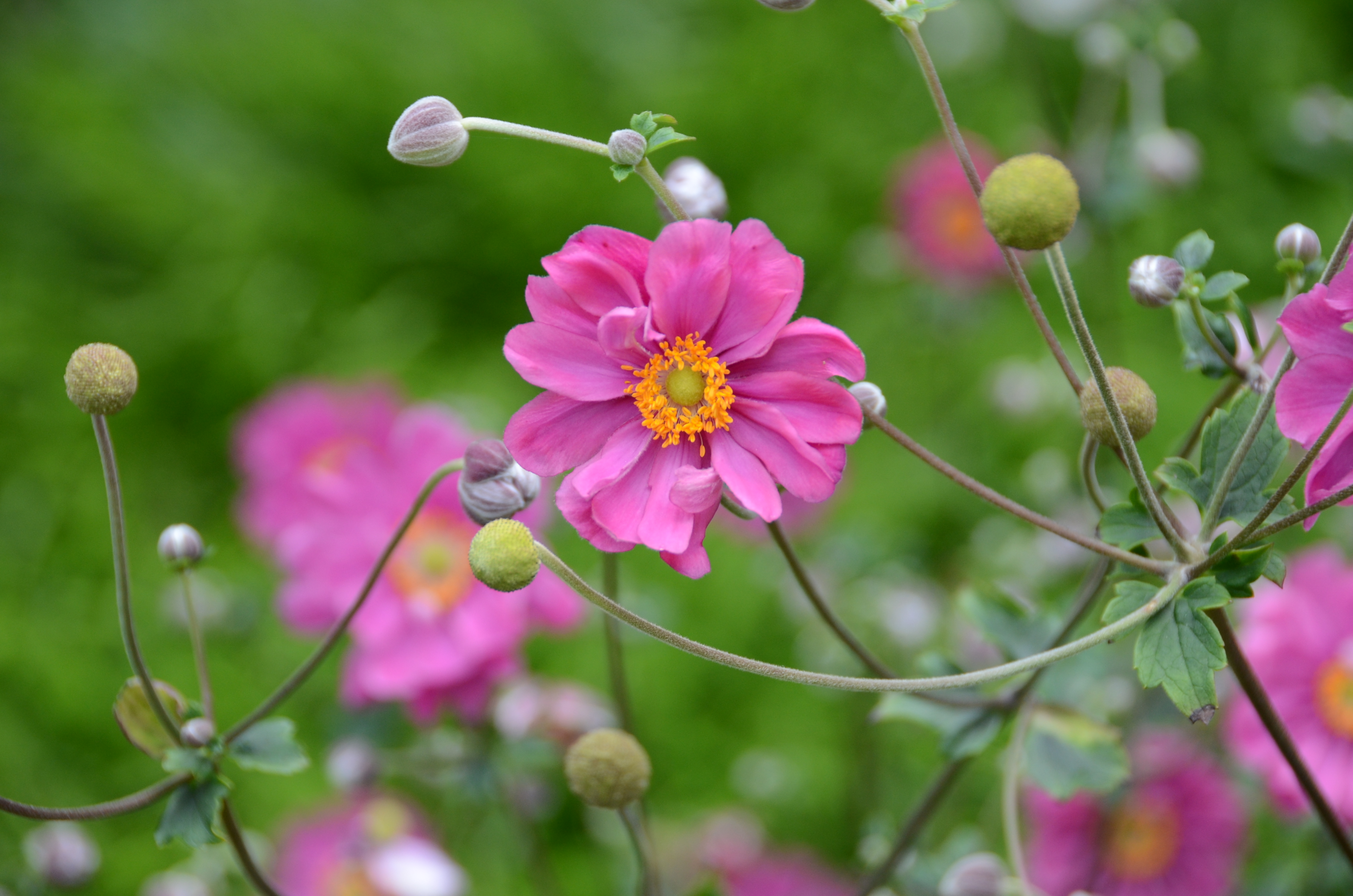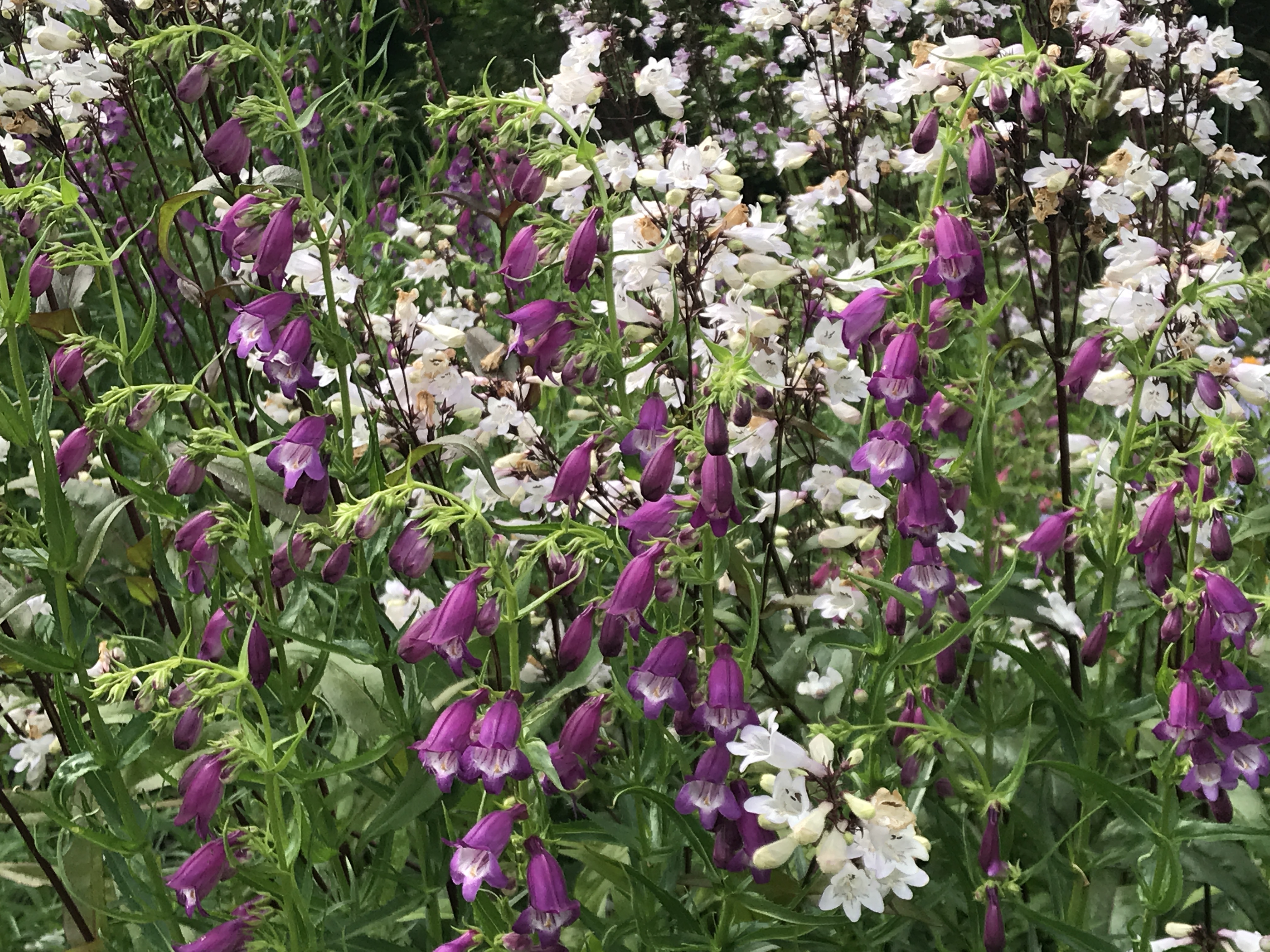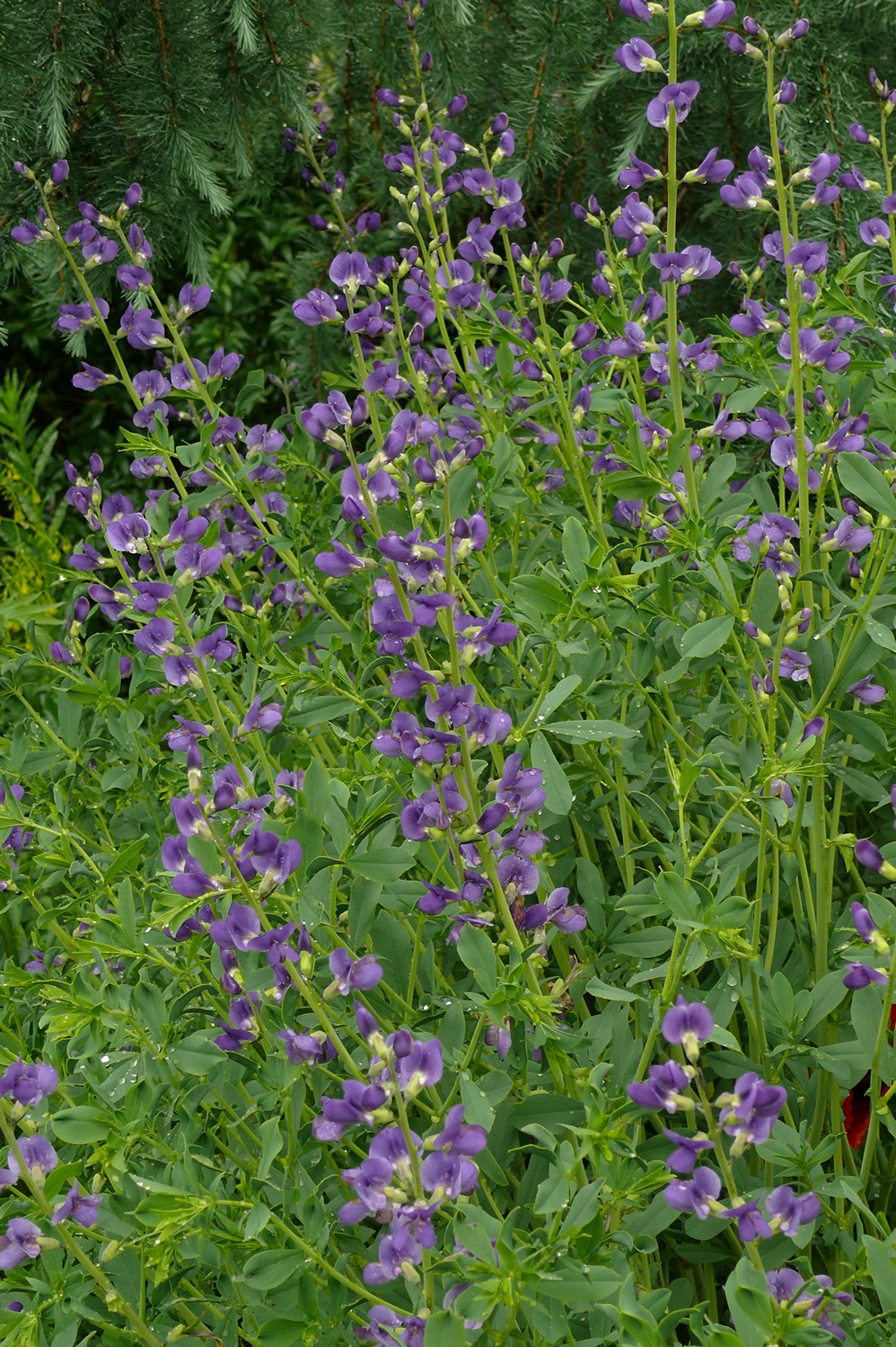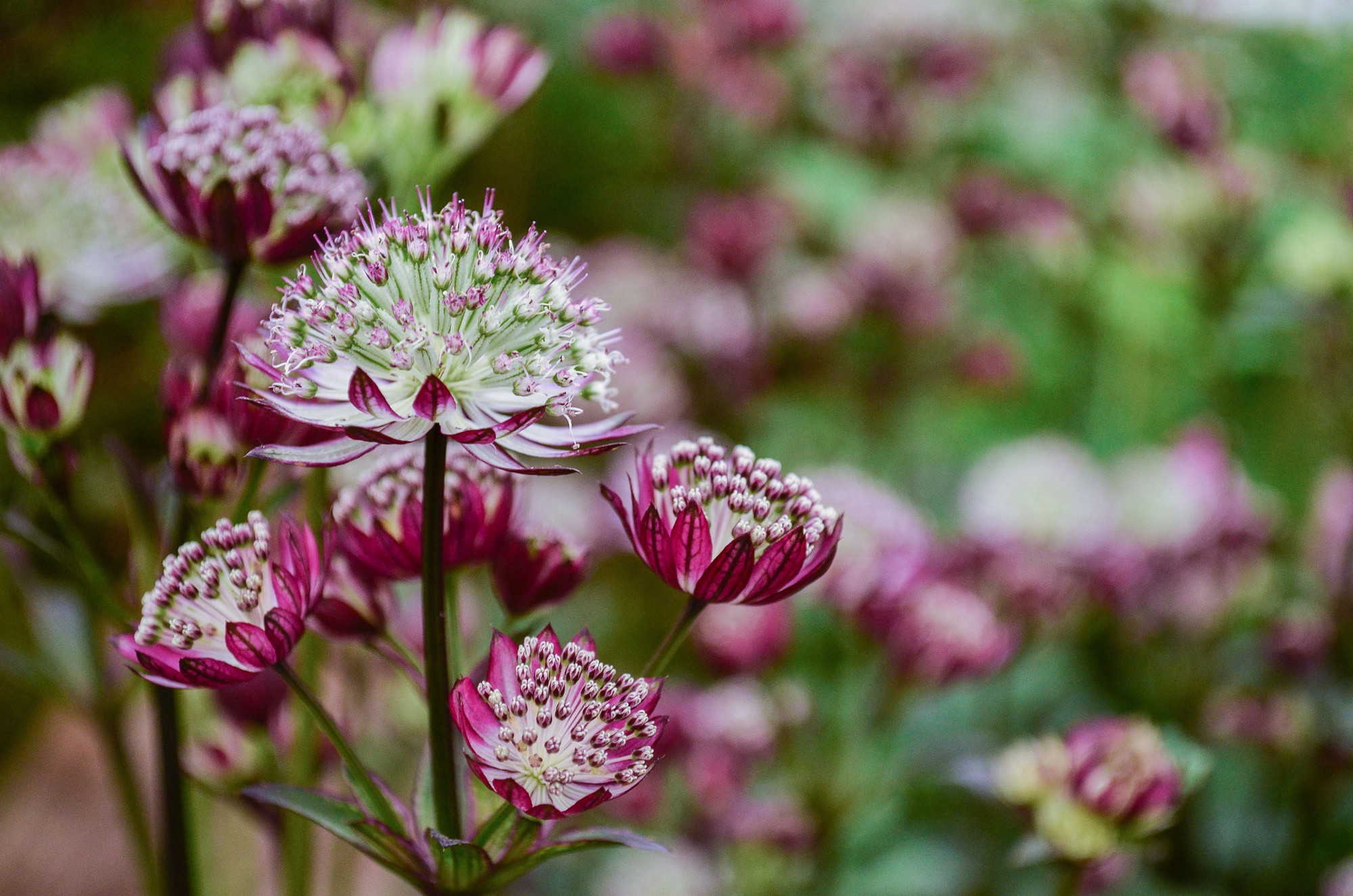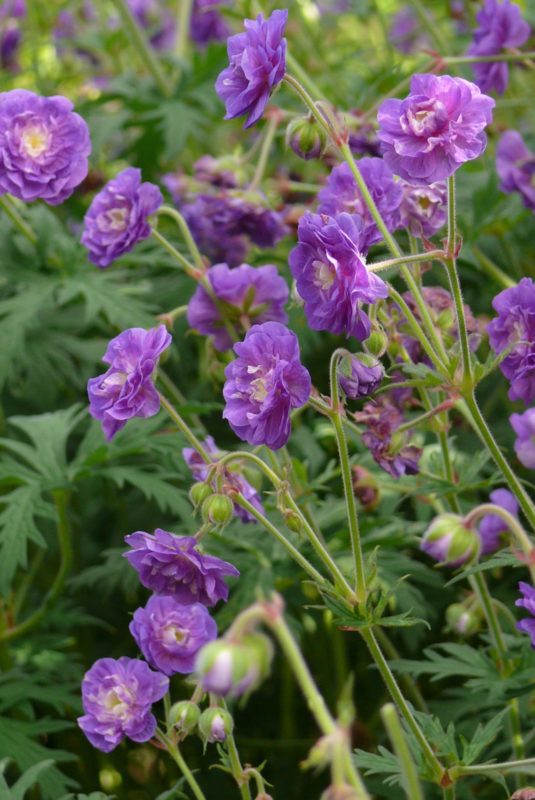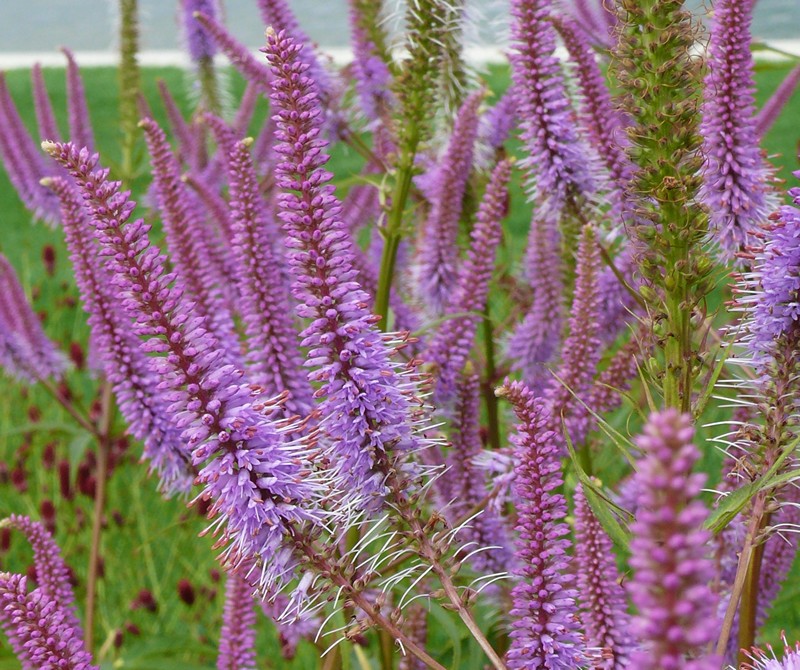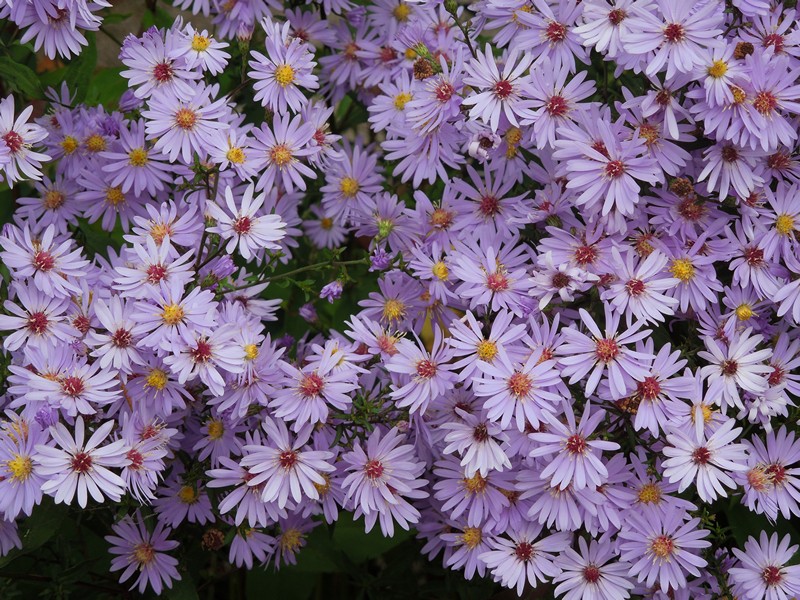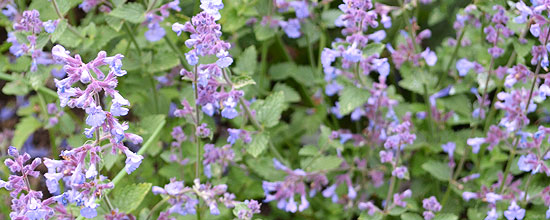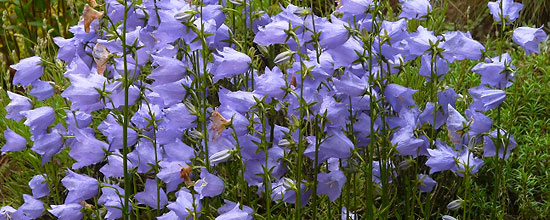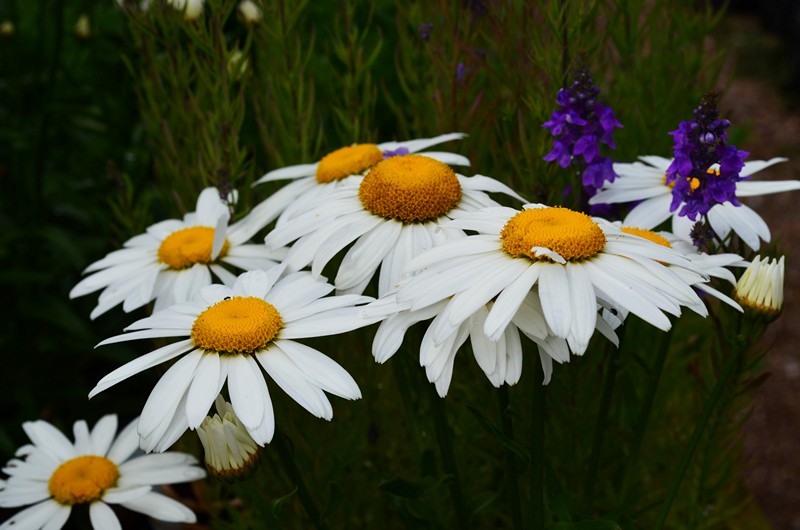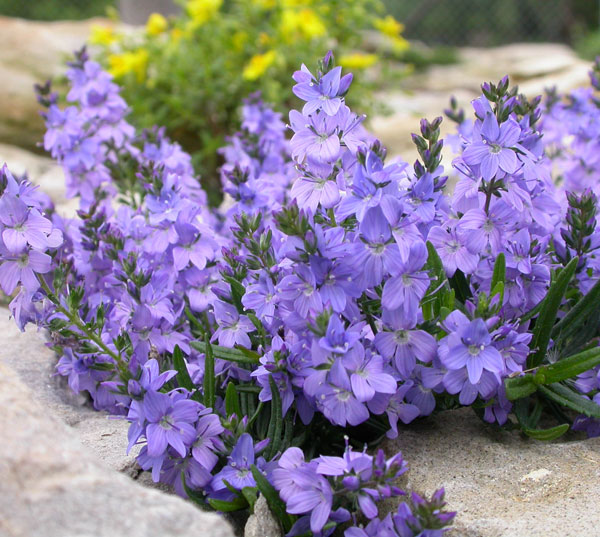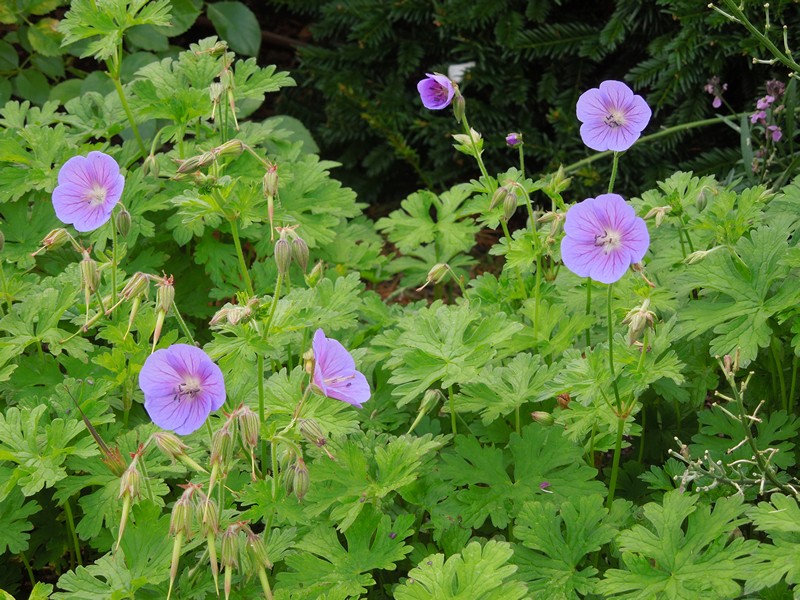Capi in, býčník, herb St.. Roberta, stork's beak, ČAPKA, Rakes, ungulates, grace of God, minnow spices, Rtnika, stinkovo spice ..., These are examples of folk names of some geranium (Geranium L., family Geraniaceae). The name "geranium" comes from the Greek "geranos", which means bird crane, duckbill projection according to fetus, resp. the similarity of the fruit with beak, head and neck crane. Many of them as ordinary, Domestic plants occurred near homes and in parks and rural gardens from time immemorial. Own history, then begins growing in 16. century, when the first documented information on the deliberate cultivation of geranium, initially mainly for the use of straw for the acquisition of geranium oil (G. macrorrhizum, from within 1576).
Geranium are extremely plastic herbs and the possibility of their application in gardens and parks is quite broad. It is due to a wide amplitude of their occurrence in nature, where we can find a slightly damp kinds of European and Asian bow (G. pratense, G. wlassovianum, G. platypetalum), plants and drier southern slopes and rocks, loving enough sun (G. sanguineum, G. dalmaticum, G. gray our. subcaulescens), or plants to coastal wetland habitats (G. phaeum, G. palustre), find even the kinds, in which survives periods of hot, dry Mediterranean summers underground tubers (G. tuberosum, G. malviflorum).
Geranium is eminently suited for group plantings in the gardens shaped by přírodněji, na Záhony, the undergrowth trees, where some can withstand so. dry shade, the vast majority of plants does not, finds the number of species in the garden rockery and small parts, the garden lakes, full sun to partial shade, or vice versa. However, this should not be taken as, that one kind can be applied in all the above conditions, conversely, we must always choose the type or cultivar, which is at the station fits most.
Selecting the most commonly cultivated species of geranium and their demands:
G. phaeum L. (brown-red geranium) - Domestic species, red-purple flowers blooming from May to August, often occurs in trees or undergrowth on the banks of rivers and wetter habitats. Relatively well tolerated but also přísušek. More suitable to the extensive landscaping and gardens naturally solved. Many cultivars have been bred, differing mainly color of petals, and occasionally coloring sheets. Příkladem je možno uvést 'Album's čistě bílými květy, 'All Saints' a light salmon flowers, 'Night Shade' with dark purple flowers, 'Taff's Jester' with dark burgundy-red flowers, a 'Samobor' či 'David Bromley' with dark markings on the leaf blade.
Geranium sanguineum L. Native to Europe, Turecku a na Kavkaze. She loves sunny and dry habitats southern slopes and rocky steppe, eg in the Czech Republic. Pálava, Pouzdřanská step, Czech Karst. It blooms from April to August deep pink flowers (our. striatum Weston has pale pink flowers with dark veins). Cultivars differ mainly in shades of pink, e.g. 'Ankum's Pride', 'Vision', 'Belle of Herterton' (when 1,5 × larger flowers), 'Aviemore', 'Apfelblüte' ("Apple-" pink color with dark streaks), or cv. 'Album' with pure white flowers.
Geranium himalayense Klot, Pamir, Himalayas. It grows in light forests and subalpine meadows, a rapidly growing underground rhizomes. Dark blue flowers, when 6 cm diameter. Tolerates drought and partial shade. Cultivars such. 'Gravetye', 'Plenum' (plnokvětý).
Geranium ibericum Cav. ssp. jubatum Davis. northern Turkey, growing to drier areas, bush, meadows, rocky steppes. Plant up to 40 cm, large blue flowers. Blooms V-VI.
Geranium × cantabrigiense Yeo. Hybrid between G. macrorrhizum a G. dalmaticum. One of the best and most flexible geranium. Well expanding its ground rhizomes, plant is high in 30 cm and flower color (according to the cultivar) in shades of pink. Blooms in V-VII. Acclimatize well in dry and sunny, well-tolerated and shade and moist soil, Plants are then just a little lusher, tolerates dry shade and undergrowth in woods. Suitable as a substitute for lawns, at the station last many years. Cultivars differ primarily in color of flowers, e.g. 'Biokovo' white with pink tinge, 'Andrew Clarke' pink-purple, 'Lohfelden' very light pink (whitish pink), 'West Ray' – dark pink.
Geranium macrorrhizum L., southern Alps, Carpathians, Balkan peninsula (after Greece), limestone rocks, rocks in the undergrowth trees. Oddenkatý kind, rapidly growing, suitable as a replacement for lawns and sun to part shade. It tolerates drought and wetter habitats like dry shade under trees. Very kind of plastic. Plant height in 30 cm (50 cm in damp locations). pink flowers (u cultivars in shades). Leaves very aromatic, previously been used as a source of geranium oil. Cultivars such. 'Bevan's Variety' with dark pink flowers, 'Album' with pure white flowers, 'Pindus', 'Witoscha' (both pink), 'Sandwijck' en. pink.
Geranium × magnificent Hylander. Hybrid between G. platypetalum a G. ibericum ssp. ibericum. Grown since the end 19. century. Very good garden suitable for perennial flower beds in full sun and in shade, It prefers regular watering but tolerates a lack of water. Blooms large blue flowers in V-VI.
Geranium pratense L., home from Europe to Siberia and the Himalayas. Typically meadow species, blue flowers, when 4,5 cm diameter, flowers from VI to VIII. Suitable for natural gardens solved, The Zplanění. In the culture of several varieties with different flower color, e.g. 'Galactic' large, Part twin white flowers, 'Albiflorum' with white flowers, 'Gletschereis' with white flowers with blue accents, 'Striatum' sprayed with blue and white flowers.
Geranium Cav. South Europe, Pyrenees. low, compact plant with gray-green leaves. The flowers are white or pink with a strong network of purple veins. Ideal for rockeries, on a sunny place with a lack of moisture. Cultivars such. 'Ballerina' s šedými list, pale pink flowers with dark purple veins significantly, 'Lawrence Flatman' – similar to the previous, but pink flowers more.
Geranium Cav. ssp. subcaulescens (L'Hér. E × DC.) R.Knuth, Balkan peninsula, Central - SV Turkey. Low compact plant with dark green leaves. Bright flowers dark purple red. Cultivars such. 'Giuseppii', 'Splendens'.
Geranium × oxonianum Yeo (G. endressii × G. versicolor) - Significant hybrid species with dozens of cultivars. High variability is possible fertile hybrids. good use, groundcovering geranium, suitable for sun and into the shade of a soil with plenty of moisture (not přemokřené). Varieties differ mainly in shades of pink blossoms and their sizes. Some cultivars in our conditions worse hibernate. The grown cultivars include. 'Claridge Druce', 'Miriam Rundle', 'Thurstonianum' with very narrow, overlapping petals, 'A.T.Johnson', 'Wageningen', 'David McClintock' and. Other important species include. Geranium psilostemon with large purple flowers, Geranium soboliferum, Geranium sylvaticum, Geranium endresii , Geranium, Geranium wlassovianum, Geranium renardii, Geranium maculatum, Geranium palustre, Geranium clarkei.
Diseases and Pests
Geranium diseases almost do not suffer, and if, thus only slightly. In the summer or the upcoming autumn may appear powdery mildew, as a whitish coating on leaves. Pest may occur Vine (Otiorhynchus sulcatus), whose larvae damage in the root collars. More damage can wreak only in larger plantings, There is a possible biological control parasitic nematodes of the genus Heterorhabditis. During pre-cultivated or propagation in the greenhouse and cold frame can appear whiteflies, aphids and other sucking insects.
geranium propagation
Botanical species can reproduce sowing seeds in the winter or in early spring. Cultivars are propagated vegetatively mainly to ensure their authenticity. In species with ground floor rhizomes (G. macrorrhizum, G. × cantabrigiense) goes very well apply cuttings. For other types of, which is rather a rosette and přisazují offshoots (G. pratense, G. phaeum) it is appropriate to divide the plants, either in the spring or summer, after flowering.
Geranium are very promising perennials and their popularity will surely grow, after all, he speaks for many things, it is primarily a fineness of many species and varieties, wide use in various types of gardens and of course, especially minimal and very easy pěstovatelnost.
The article was published on the website of the Association Czech perenářů courtesy magazine Zahrádkář.





